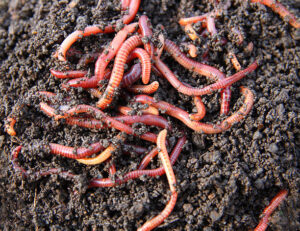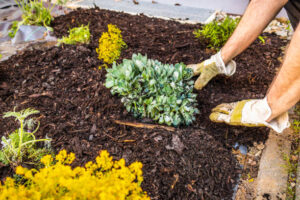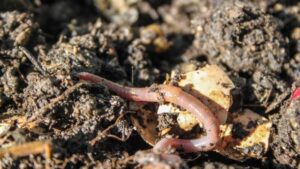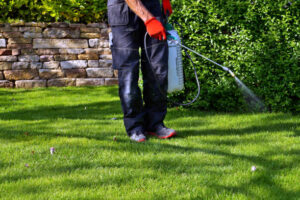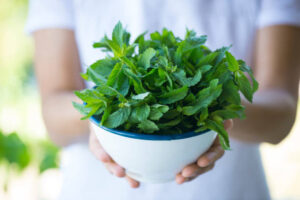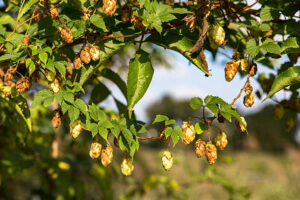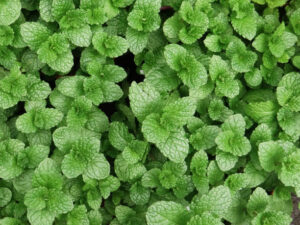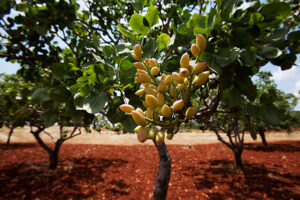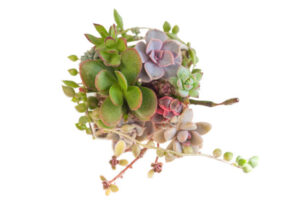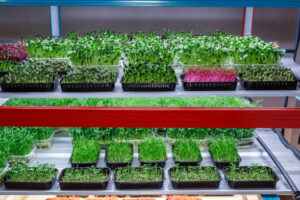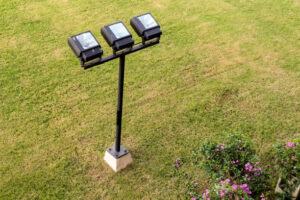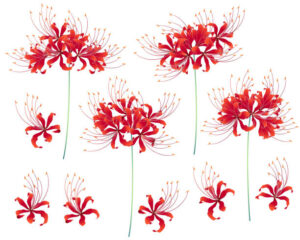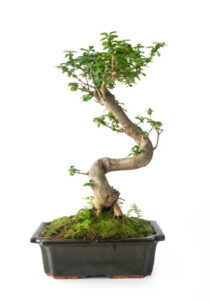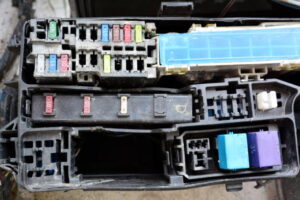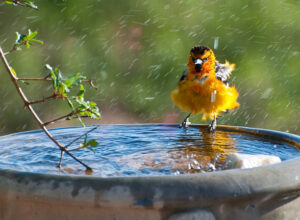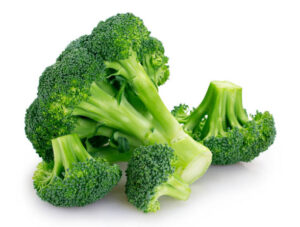Best Lawn Aerators: Essential Tools for a Healthy Lawn
Introduction
A lush, green lawn is the envy of every homeowner, but achieving and maintaining healthy turf requires more than regular mowing and watering. Proper aeration is a vital step in lawn care, allowing air, water, and nutrients to penetrate the soil and reach the grass roots. Lawn aerators are essential tools designed to alleviate soil compaction, improve drainage, and promote healthy root growth. With a wide range of aerator options available on the market, selecting the best one for your lawn can be a daunting task. Fear not, for this comprehensive guide will provide you with useful tips and insights to help you choose the best lawn aerator for your specific needs. Join us as we explore the benefits of lawn aeration, the different types of aerators available, and essential tips for aerating your lawn effectively.
Understanding Lawn Aeration
Lawn aeration is the process of perforating the soil with small holes to allow air, water, and nutrients to penetrate the root zone of the grass. Over time, soil compaction from foot traffic, heavy machinery, and natural settling can restrict the movement of air, water, and nutrients in the soil, leading to poor grass growth and a weak, unhealthy lawn. Aeration helps alleviate soil compaction, improve drainage, and promote root growth, resulting in a healthier, more resilient lawn.
The primary goal of lawn aeration is to create conditions that allow the roots of grass to expand and grow more efficiently. When the soil is compacted, it restricts the grass’s ability to take in essential elements. By aerating the lawn, you create channels through which air, water, and nutrients can reach the roots more effectively. This not only helps the grass grow thicker and stronger but also enhances its ability to withstand stress from drought, heat, and heavy use.
There are several methods of lawn aeration, each with its own benefits. Core aeration, also known as plug aeration, is the most common method and involves removing small plugs of soil from the lawn. These plugs are typically left on the surface to decompose and re-integrate into the soil, providing additional organic matter. This method is highly effective at relieving compaction and promoting deep root growth. Another method is spike aeration, which uses a tool to poke holes in the soil without removing any material. While spike aeration is less effective at reducing compaction, it can be a good option for smaller areas or for homeowners who prefer a less invasive approach.
Timing is critical when it comes to aerating your lawn. The best time to aerate depends on the type of grass you have. For cool-season grasses like Kentucky bluegrass and fescue, early spring or fall is ideal, as these are the times when the grass is actively growing and can recover quickly. For warm-season grasses like Bermuda and Zoysia, late spring to early summer is the best time, as these grasses are entering their peak growing period. Aerating during these times ensures that the grass can take full advantage of the improved soil conditions and grow more vigorously.
Preparation and aftercare are also important aspects of lawn aeration. Before aerating, it’s a good idea to water your lawn thoroughly to soften the soil, making it easier for the aerator to penetrate. Mark any obstacles such as sprinkler heads or shallow utility lines to avoid damaging them during the process. After aeration, continue to water your lawn regularly to help the grass recover and grow. Applying a layer of compost or a balanced fertilizer can further enhance the benefits of aeration by providing additional nutrients to the grass.
In addition to improving grass health, aeration can also help reduce thatch buildup. Thatch is a layer of dead grass, roots, and other organic material that can accumulate on the soil surface, blocking water and nutrients from reaching the roots. By perforating the soil, aeration helps to break down this thatch layer and incorporate it back into the soil, enhancing its structure and fertility.
Aeration also improves the overall aesthetics of your lawn. A well-aerated lawn is thicker, greener, and more uniform in appearance. The improved root development leads to a more robust grass that can better resist weeds, pests, and diseases. Moreover, the enhanced drainage from aeration prevents waterlogging and puddling, reducing the risk of fungal infections and other moisture-related issues.
For homeowners who are serious about maintaining a beautiful and healthy lawn, regular aeration is a key practice. While it might seem like a straightforward task, the benefits it provides are substantial. Investing in a quality aeration tool or hiring a professional service can ensure that the job is done correctly and that your lawn reaps the full benefits of this important maintenance practice.
In conclusion, lawn aeration is an essential process for maintaining a healthy, resilient lawn. By alleviating soil compaction, improving nutrient uptake, and promoting better root growth, aeration helps your grass thrive. Whether you choose to do it yourself or hire a professional, regular aeration will result in a lawn that is not only more beautiful but also more capable of withstanding the stresses of everyday life.


Types of Lawn Aerators
Core Aerators: Also known as plug or coring aerators, core aerators use hollow tines to remove small plugs of soil from the lawn, creating holes in the ground. This allows air, water, and nutrients to reach the grass roots more easily and promotes deeper root growth. Core aerators are ideal for heavily compacted soils and are recommended for larger lawns.
Spike Aerators: Spike aerators feature solid tines that puncture the soil surface, creating holes without removing soil plugs. While spike aerators are less effective at relieving soil compaction compared to core aerators, they can still improve air and water penetration in the soil. Spike aerators are suitable for smaller lawns with less severe compaction issues.
Liquid Aerators: Liquid aerators are applied to the lawn as a spray solution, which contains surfactants and other ingredients that help break up compacted soil. While liquid aerators can be convenient to use, they may not provide as significant or long-lasting results as mechanical aerators.
Essential Tips for Aerating Your Lawn
Timing: The best time to aerate your lawn is during the growing season when the grass is actively growing and can recover quickly from aeration. For cool-season grasses, such as Kentucky bluegrass and fescue, aerate in the early spring or fall. For warm-season grasses, such as Bermuda and Zoysia, aerate in late spring or early summer.
Moisture: Aerate your lawn when the soil is slightly moist but not waterlogged. Aerating dry soil can be challenging and may result in less effective aeration, while aerating overly wet soil can lead to soil compaction and damage to the grass roots.
Overlap Passes: When using a mechanical aerator, make sure to overlap passes slightly to ensure thorough coverage and consistent aeration across the lawn. Avoid aerating the same area multiple times, as this can lead to excessive soil disruption and damage to the grass.
Follow-Up Care: After aerating your lawn, consider overseeding to fill in any bare patches and topdressing with compost to improve soil structure and fertility. Water the lawn thoroughly after aeration to help settle the soil and promote recovery.
Conclusion
Investing in a quality lawn aerator is essential for maintaining a healthy, vibrant lawn that will be the envy of the neighborhood. By understanding the benefits of lawn aeration, exploring the different types of aerators available, and following essential tips for aerating your lawn effectively, you can ensure that your turf remains lush, green, and resilient year-round. Whether you choose a core aerator for deep soil penetration or a spike aerator for surface aeration, regular aeration will promote healthy root growth, improve soil structure, and enhance the overall appearance of your lawn. With the right tools and techniques, you can enjoy a lush, green lawn that you’ll be proud to call your own.



